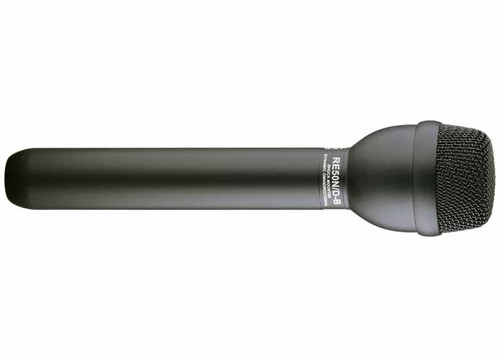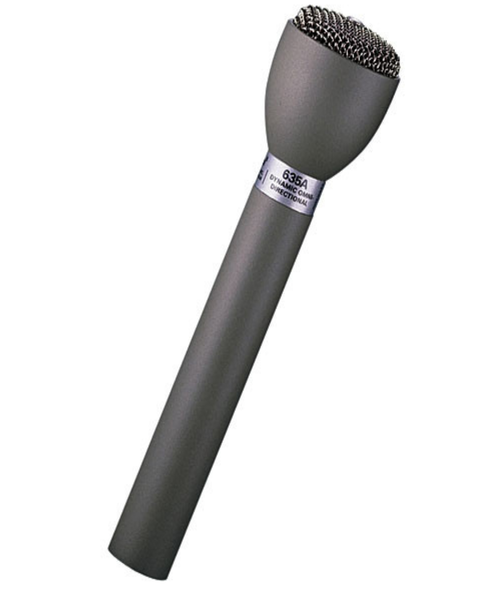Overview
The Audioarts Voice 1 has all the tools and secret sauce of the Wheatstone M-1 microphone processor. But it’s got more: WheatNet-IP, AES67, remote GUI control, password protection, real time clock and presets—complete with scheduler. It can be controlled from the OLED display and, of course, your desktop computer.
Voice 1 features peak vocal performance across the entire vocal range, with no undesirable coloration added. Voice 1 utilizes Super Quiet mic preamps and high quality 24-bit A/D converters. Voice 1 is a WheatNet-IP audio network device with routable I/O, and logic control. Available in double or single rackmount options.
Dynamics Processing tools
A high-performance and fully adjustable downward expander, de-esser, and smooth sounding broadband compressor create a powerful and authoritative presence on-air.
Processing Presets
A variety of ready-to-use factory processing presets are provided, carefully tailored for different processing goals and formats. You can select a factory preset, confident that it will sound great just as it is. Or use a factory preset as a starting point and create a custom sound for each announcer, then save the new settings as a personalized user preset. In a facility with multiple microphone processors, presets saved in one unit can be easily copied to the others.
Wheatstone-designed Equalization
Based on great-sounding designs built for Wheatstone’s other high-performance professional audio applications, the Voice 1’s equalization section operates predictably and adds no noise, ringing, phasiness, or other undesirable coloration to the sound.
SQ (Super Quiet) Mic Preamps
Found in all Wheatstone processors, Voice 1’s SQ mic preamps ensure that your audio begins its journey to your listeners in the cleanest environment available. Wheatstone has taken its 30-year history of clean console microphone preamps and married it with advanced audio tools for EQ, Expansion, Compression, and De-Essing for mic processors that have quickly become the industry standard.
Networkable: WheatNet-IP and AES67 compatible
Voice 1 can be used as a standalone voice processor, or it can be used as part of your WheatNet-IP audio network or as part of any AES67 compatible network. Setup is easy. When enabling the WheatNet-IP or AES67 option, Voice 1 will present you with the information you need for configuration, including multicast address, port number and packet type. As a WheatNet-IP audio network device, Voice 1 includes routable I/O and logic control to trigger settings based on events, microphones, and talent.
For the ideal sound, no adjustment is more than two mouse clicks away. And unlike other processors, every processing control is available and labeled for exactly what it does, giving you the ultimate power to create your ideal sound.
The Voice 1 remote control screen includes real-time displays of gain reduction as well as a frequency-domain graph that shows the spectral characteristics of your audio. Every screen also includes accurate metering of input and output peak and average levels. Tabs across the top of the GUI software allow immediate access to each section of the processing.
You have control over parametric EQ, de-esser, filters, compressor, and downward expander. There are also high and low pass filters and an overall output limiter (so you are ready if a screamer steps behind the mic). Voice 1 Control Software is password protected and runs on an external PC as well as from the front panel OLED display and can be controlled remotely from anywhere there is an internet connection.
Features
-
Peak vocal performance across the entire vocal range. Asymmetrical voice correction, optimized high-frequency EQ, targeted filtering, and the latest in proven psychoacoustical algorithm technology for a warm, yet robust vocal presence.
-
No undesirable coloration added with high quality 24-bit A/D converters.
-
Super Quiet™ mic preamps for extremely low noise floor, wide open dynamic range, faithfully accurate transient response, and ruler-flat frequency response.
-
Precision sibilance correction. Unlike the wholesale broadband attenuation of many mic processors, Voice 1’s de-esser looks at the spectrum where “esses” are typically found to reduce the energy above a given threshold without sacrificing other frequencies. The result: robust, yet tonal detail.
-
Supports a variety of microphones with high input impedance, high available gain and 32dB of input headroom comparable to recording consoles.
-
Adjustable from anywhere in your WheatNet-IP audio network. Voice 1 is a WheatNet-IP audio network device with routable I/O, and logic control.
In Depth
DECENT MICROPHONE INPUT
With noise figures within 1dB of the theoretical minimum, Wheatstone mic processors have a fairly high input impedance, high available gain and substantial headroom. The gain setting is digitally recallable, and can follow changes in presets. 48V phantom power (for most condenser microphones and a small handful of active ribbon microphones) is selectable.
PLENTY OF INPUT HEADROOM
As an example, Voice 1 has 32dB of input headroom, which is comparable to the best recording consoles — meaning one has to try very hard to break it!
CAREFULLY CHOSEN DECORRELATOR PARAMETERS
These allow good performance over all voices, not just males. The 24dB/octave high-pass and low-pass filters (steep!) are constructed using lower 'Q's than is usual, rendering them sonically less disruptive. (Time-smearing has always been an issue with aggressive filters otherwise.)
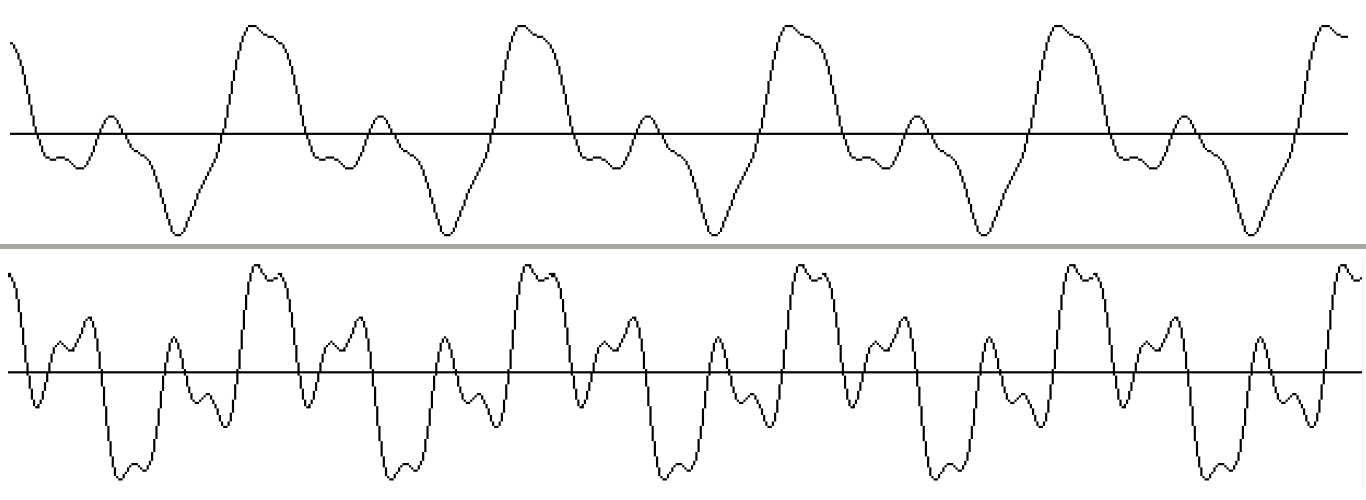
NO FALSE-TRIGGERED GATING
The Voice 1 gate's sidechain is filtered to voice frequencies, radically reducing false triggering with those attendant annoying bursts of noise. In particular, table and microphone 'bumps' won't wake up the gate. Fine control over attenuation depth, threshold, and closing time affords transparent operation.
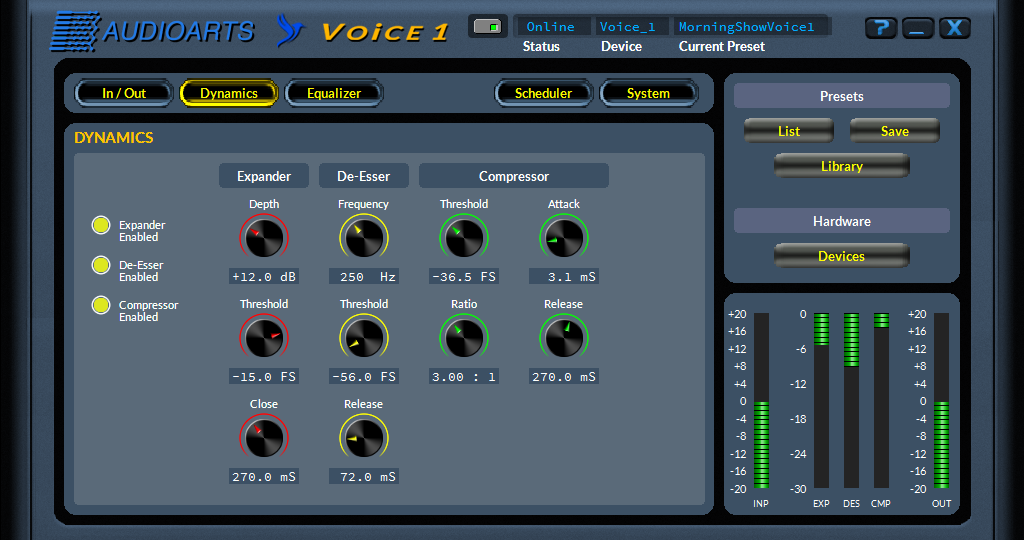
SUBTLE AND SELECTIVE DE-ESSING
Rather than just a button, there is full control over the de-esser's threshold (where it decides how much 'ess' is enough), the center frequency, and recovery time. Not so obvious is that the Voice 1 de-esser attenuates only the frequency range sensed, unlike the wholesale broadband attenuation of many other units. This makes its action much less obvious.
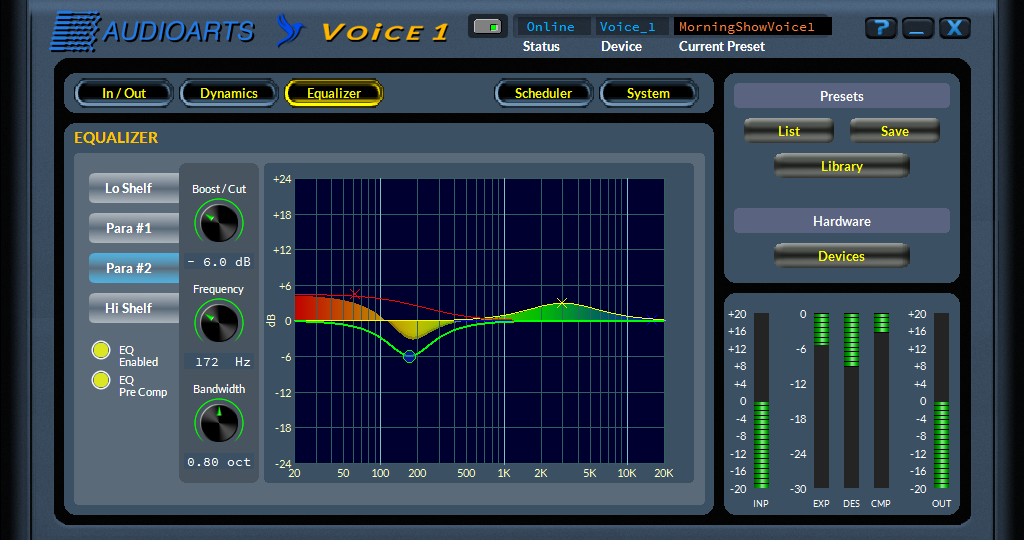
EQUALIZATION, A MIXTURE OF OLD AND NEW
The shelving sections are a mathematically exact emulation of a classic (1950s) Baxandall tone-control circuit, but with modern twists. The turnover frequencies are continuously variable, allowing fine-tuning of proximity-effect reduction at the low-frequency end, and choice of 'air' EQ (extreme high frequencies) or far more aggressive 'presence' EQ (high mids) — or anything in between. This is a highly versatile combination. Two fully parametric sections permit more surgical sonic control; although operationally identical to others, these circuits are more complex than standard 'cookbook' parametric sections, with the intention of offering EQ that does what one would expect equalization to do, rather than baldly perform as normal. The key to the equalizer overall is that through carefully chosen defaults, 'shapes', and sonic characteristics, things just fall to hand nicely to accomplish what the operator wants with minimum effort, rather than making him fight for it.
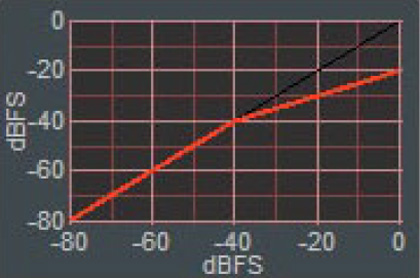
COMPRESSION, ANOTHER BLEND OF CLASSIC AND MODERN
The Voice 1 compressor design started out as a challenge to make 'the most analog-sounding digital compressor possible'. This it does, if not by direct emulation of classics, then certainly with serious nods to their salient characteristics — but with modern sensibilities applied. Signal sensing that algorithmically blends between peak- and power-sensing detectors, a very graceful soft-knee characteristic, and compound program dependent multiple release rates assure a smooth-sounding sonic result. Underlying the compressor itself is a slow-rate AGC, which allows the section to perform both level correction and more rapid compression effects simultaneously and transparently. The sidechain is subtly filtered to avoid 'bass build-up' and other sonic undesirables. The equalizer is switchable to be either before or after the compressor, as each style of operation has its own benefits.
SUPER-RATE PROCESSING
2. Improved high-frequency EQ. Not generally appreciated outside the lab is that the top octave (say from 10kHz on up) in a 48kHz system is dominated by the tyranny of inevitable 'zeroes' (notches) at 24kHz, half the sample rate. These zeroes affect the calculation for and accuracy of digital filters in this upper range, taking some questionable heroics to beat them into acceptable sonic shape. Alternatively, running the EQ at 96kHz blows right past the problem (the nettlesome top-octave is now in inaudible-land). Subsequent reduction to 48kHz does not meaningfully affect the now wholly accurate EQ characteristics.
3. Accurate dynamics behavior. Certain spot frequencies (sub-multiples of the sample rate) can suffer serious detection inaccuracies, particularly with peak-sensing detectors found in limiters or fast compressors. Running these dynamics at super-rate forces the worst of these 'black holes' an octave up and generally out of harm's way, with any remaining stragglers far easier to contain.
These three results of high-rate processing confer obvious operational benefits and superior sonic performance. An adjective commonly used about the Voice 1 sound is “sweet.” High-rate processing is a large part of the reason.













